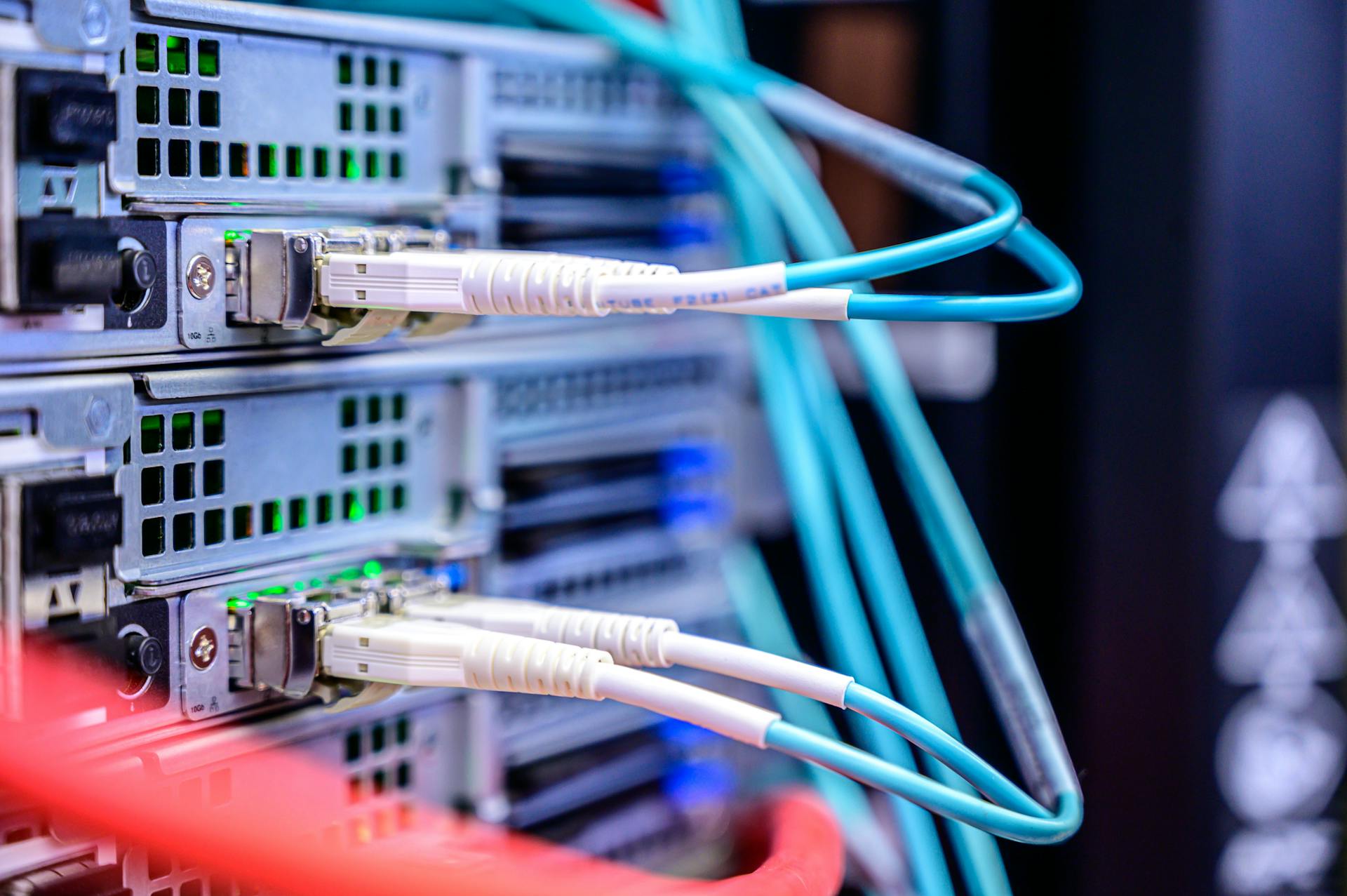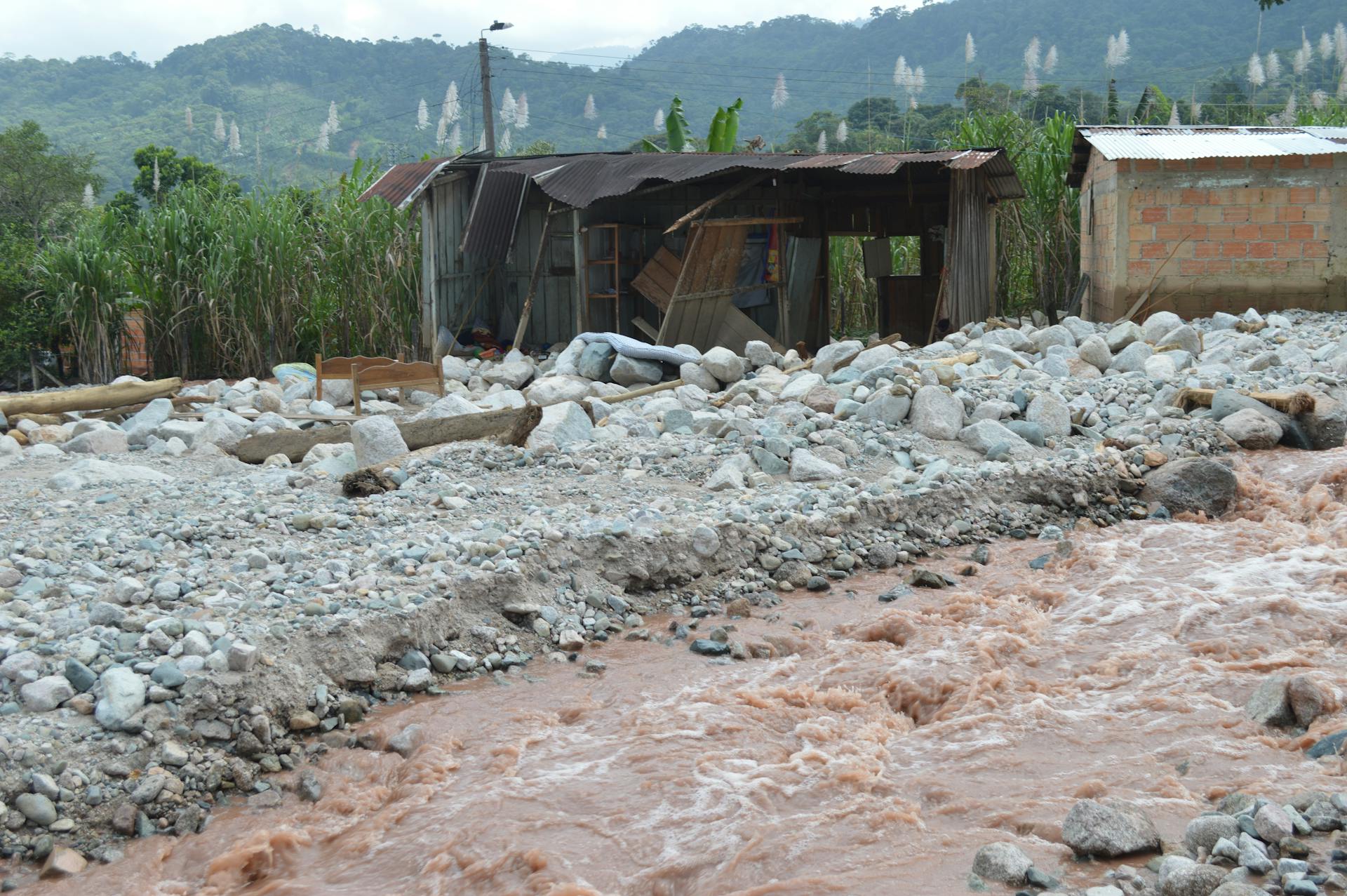
Home insurance can be a lifesaver in unexpected situations, but it's essential to understand what's covered and what's not. Some home insurance policies may cover sewer backups, but it depends on the type of policy and the cause of the backup.
Typically, standard home insurance policies do not cover sewer backups caused by tree roots or other external factors. However, some policies may offer additional coverage for sewer backup, known as sewer backup insurance.
If you're concerned about sewer backups, it's crucial to review your policy documents and contact your insurance provider to understand what's covered.
For more insights, see: Can Insurance Cover Plan B
What Home Insurance Covers
Home insurance typically covers damage to sewer lines caused by covered perils, such as fire, wind, and hail. However, it's essential to note that these perils are rare for sewer lines, which are usually protected from above-ground risks.
Damage to sewer lines within the footprint of your home's foundation is typically only covered by homeowners insurance if it's damaged by a covered peril. Otherwise, it's considered a household maintenance expense.
Related reading: Why Is Anucort-hc Not Covered by Insurance?
Homeowners are responsible for the portions of utility lines on their property, including sewer lines, until one fails. This can lead to costly repairs or replacements, especially if workers need to dig through concrete to access the line.
A service-line endorsement can provide up to $10,000 in coverage for sewer line damage, with prices ranging from about $5 to $10 a month. This add-on to a home insurance policy can offer peace of mind and financial protection against unexpected sewer line repairs.
A different take: Does Homeowners Insurance Cover Main Water Line Replacement
Preventing Plumbing Issues
Preventing Plumbing Issues is a crucial step in avoiding costly repairs and potential sewer backups. Replacing old plumbing can be a wise investment, especially in very old homes where pipes may start to deteriorate.
It's also essential to remove intrusive trees that can penetrate your home's pipework, causing costly repairs. Over time, roots can crack the pipe as they grow or block the interior of the pipe, restricting the water flow.
Expand your knowledge: Does Homeowners Insurance Cover Pipe Replacement
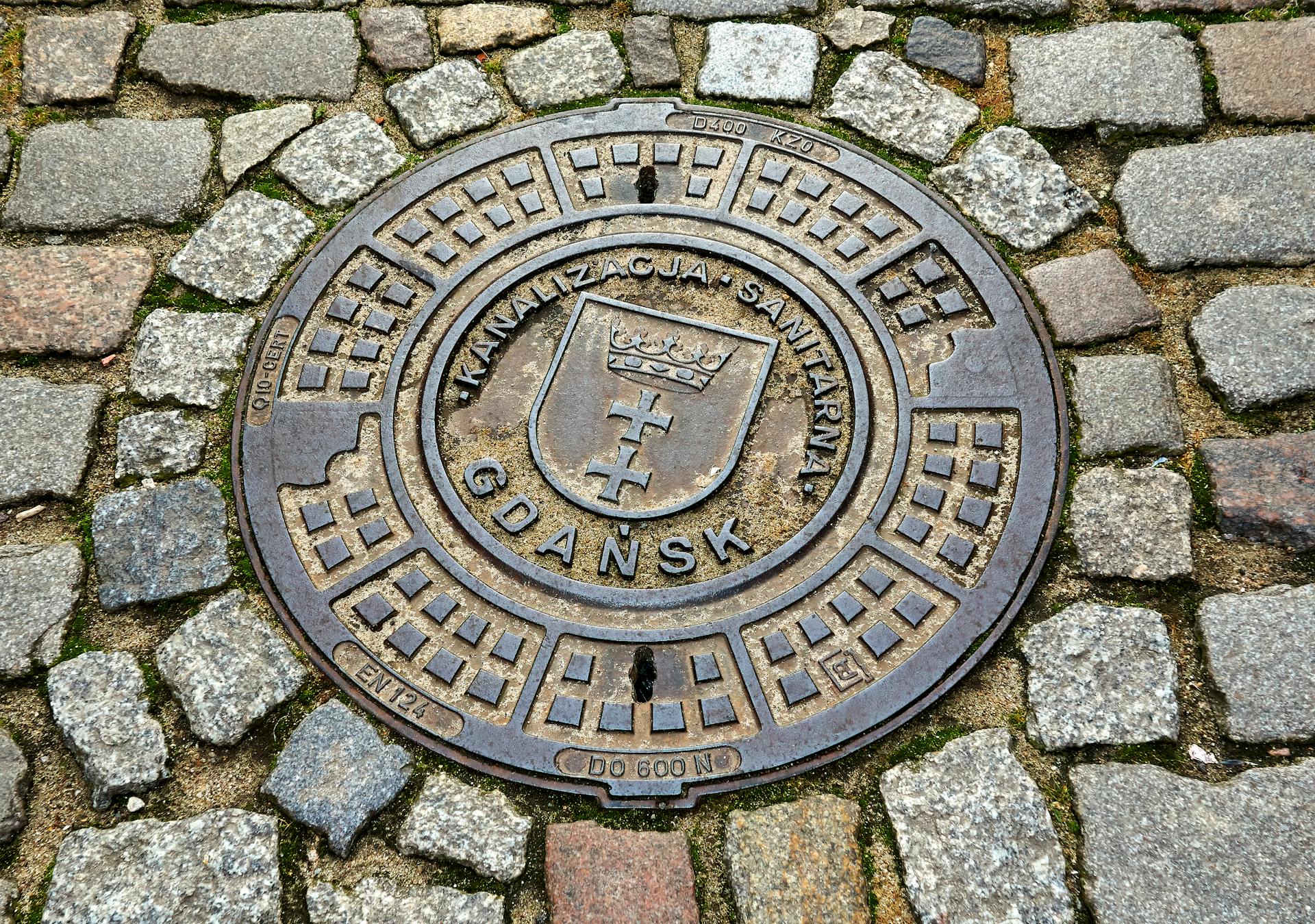
In cold weather, insulating your pipes can help prevent frozen pipes from bursting. Check your appliances for leaks on a regular basis, including your washing machine, dishwasher, and refrigerator.
To prevent sewer line damage, properly dispose of grease and paper products, and snip your tree roots every now and then. Consider hiring a plumber to fix any faulty plumbing connections and unclog your lines.
On a similar theme: Does Homeowners Insurance Cover Clogged Pipes
Sump Pumps
Sump pumps are a crucial part of many homes, draining standing water out of the basement. They can fail due to a power outage or mechanical problems.
Standard homeowners insurance policies won't cover damage caused by sump pump failure. This means you'll need to take extra precautions to protect yourself.
Buying an optional sump pump coverage endorsement can provide an added layer of protection. This way, you'll be covered in case of a sump pump failure.
A backup generator can also be a lifesaver during a power outage, keeping the sump pump running and preventing flooding.
Curious to learn more? Check out: Does Homeowners Insurance Cover Power Surges
Signs of Broken Pipes
Signs of Broken Pipes can be sneaky, but they're usually pretty obvious. A cracked sewer line can lead to significant damage that's only recognizable long after it's begun.
Pools of septic waste can form on the surface, making a mess and creating a health hazard. This can happen when a sewer line is damaged and sewage starts to leak out.
Foul odors are a dead giveaway that something's gone wrong with your pipes. If you notice a persistent stench coming from your drains, it's likely a sign of a broken pipe.
Mold can start to grow in areas where water is leaking from a broken pipe. This can spread quickly and cause serious health issues.
Lawn indentations can occur when a sewer line is damaged and sewage starts to seep into the ground. This can create uneven patches in your lawn.
Slow drains are another common sign of a broken pipe. If your sink, shower, or toilet is taking a long time to drain, it could be a sign that something's amiss.
Rodent or insect infestations can occur when a broken pipe attracts pests. This can be a sign of a larger issue with your plumbing.
Here are some common signs of broken pipes to look out for:
- Pools of septic waste
- Foul odors
- Mold
- Lawn indentations
- Slow drains
- Rodent or insect infestations
- Foundation cracks
How to Prevent
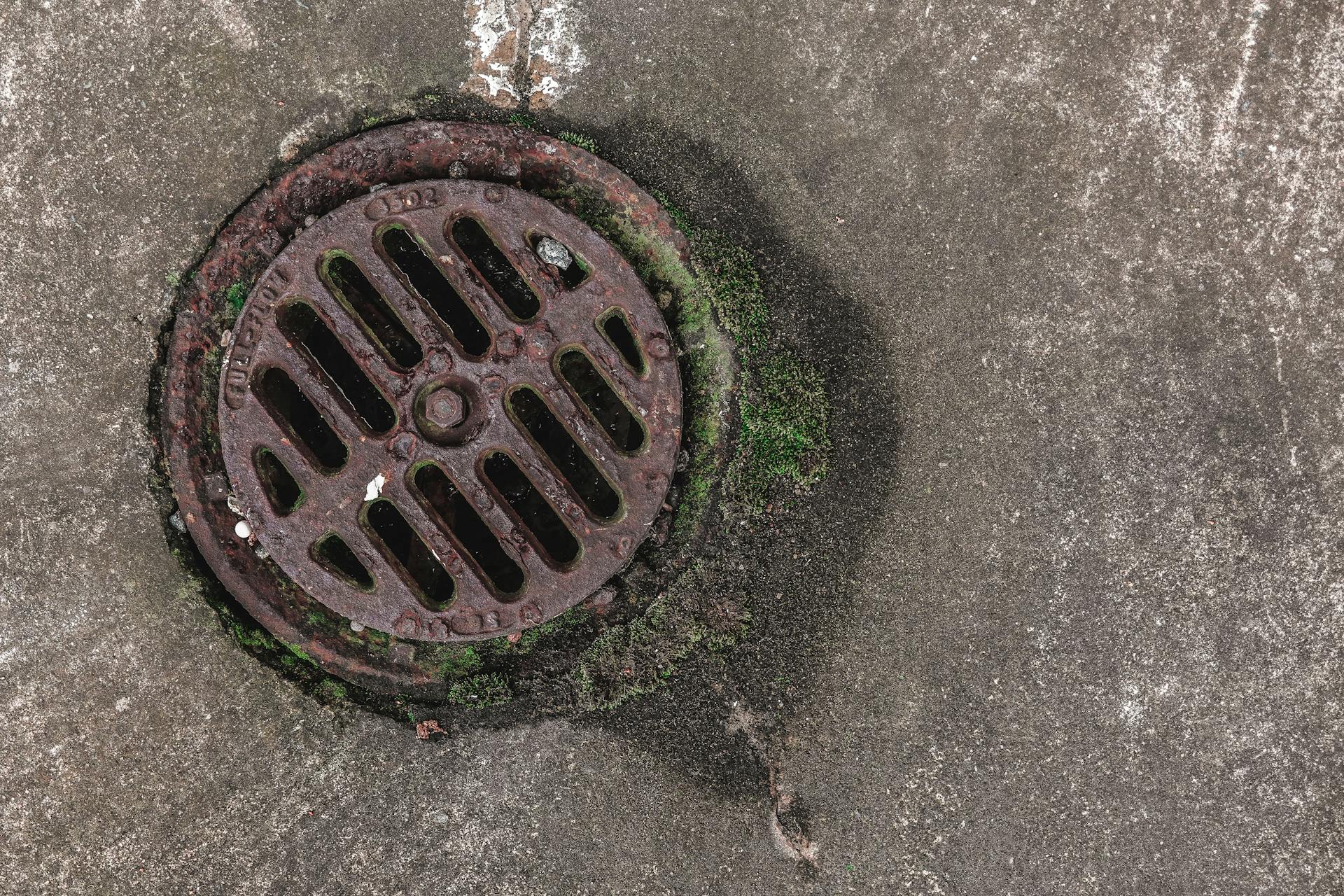
Preventing plumbing damage is a top priority for homeowners. Replace old plumbing to avoid costly repairs and potential water damage.
If you live in an old home, your pipes could start to deteriorate from wear and tear. It's a good idea to speak with a home inspector first to get a professional recommendation.
Removing intrusive trees near your home can also prevent plumbing damage. Over time, roots can penetrate your home's pipework, resulting in costly repairs.
Insulating your pipes is a simple and effective way to prevent frozen pipes. In cold weather, water pipes can freeze and burst, causing serious damage.
Checking your appliances for leaks on a regular basis is also a good idea. This includes your washing machine, dishwasher, and refrigerator.
To prevent sewer line damage, properly dispose of grease and paper products. This will help prevent clogs and backups.
Regular maintenance is key to preventing sewer line damage. Consider hiring a plumber to fix any faulty plumbing connections and unclog your lines.
Broaden your view: Does Renters Insurance Cover Frozen Pipes
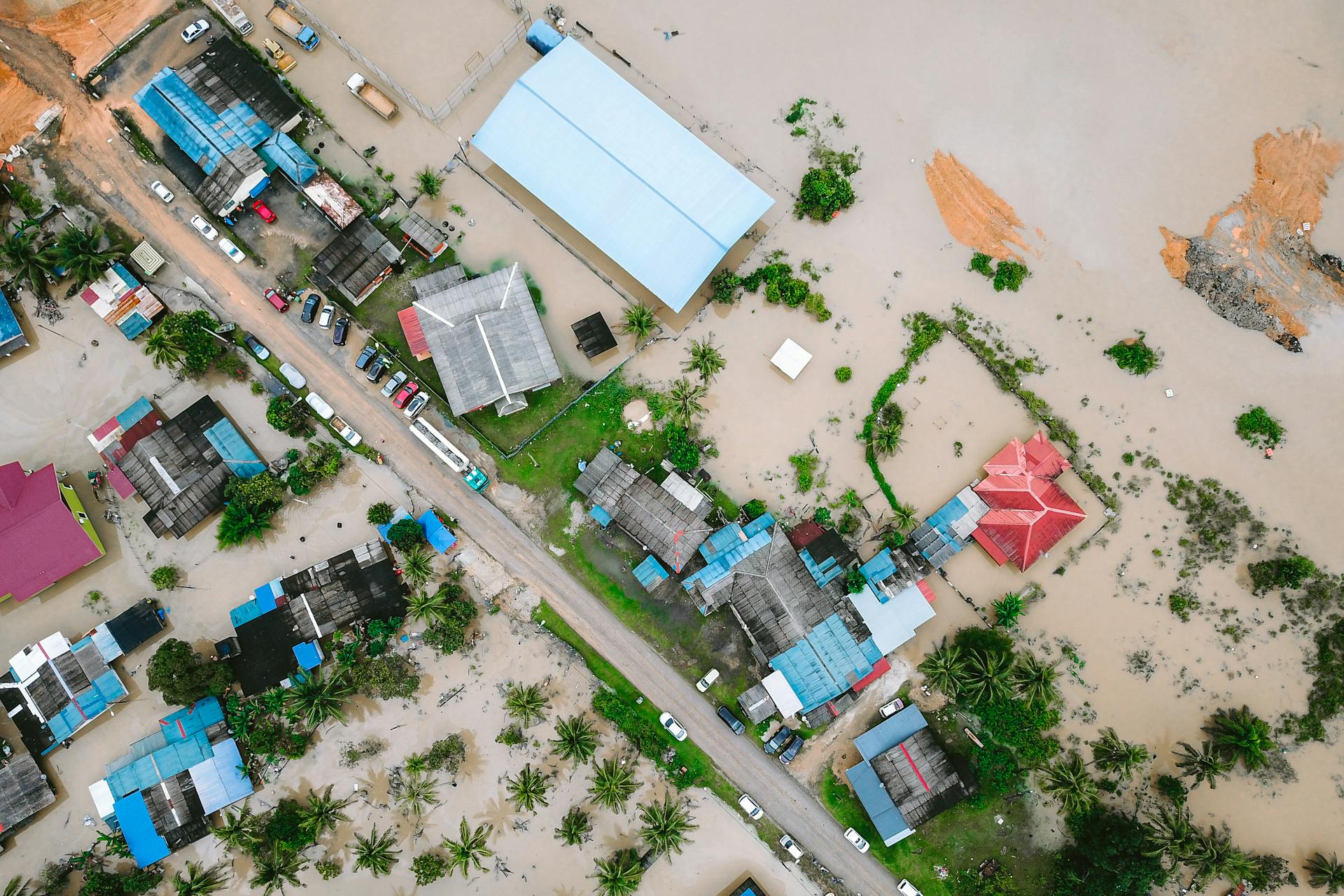
If you have trees near your home, snip your tree roots every now and then to prevent damage to your sewer lines. This will help prevent roots from penetrating your pipes.
Here are some specific tips to prevent sewer line damage:
- Properly dispose of grease and paper products
- Snip your tree roots every now and then
- Hire a plumber to fix any faulty plumbing connections and unclog your lines
- Consider installing a backflow prevention device
Understanding Home Insurance
Home insurance can be confusing, especially when it comes to sewer lines and backups. Homeowners insurance typically doesn't cover sewer line damage, unless it's caused by a covered peril like fire or wind.
Service-line endorsements are available as an add-on to a home insurance policy, providing up to $10,000 in coverage for sewer line damage. This can cost between $5 to $10 a month, depending on the insurance company.
A service-line endorsement covers damage to sewer lines between your home's foundation and the main service line running up and down your street. This is typically the homeowner's responsibility, and damage to portions of utility lines within the footprint of your foundation are only covered by homeowners insurance if they're damaged by a covered peril.
For more insights, see: Does Flood Insurance Cover Foundation Damage
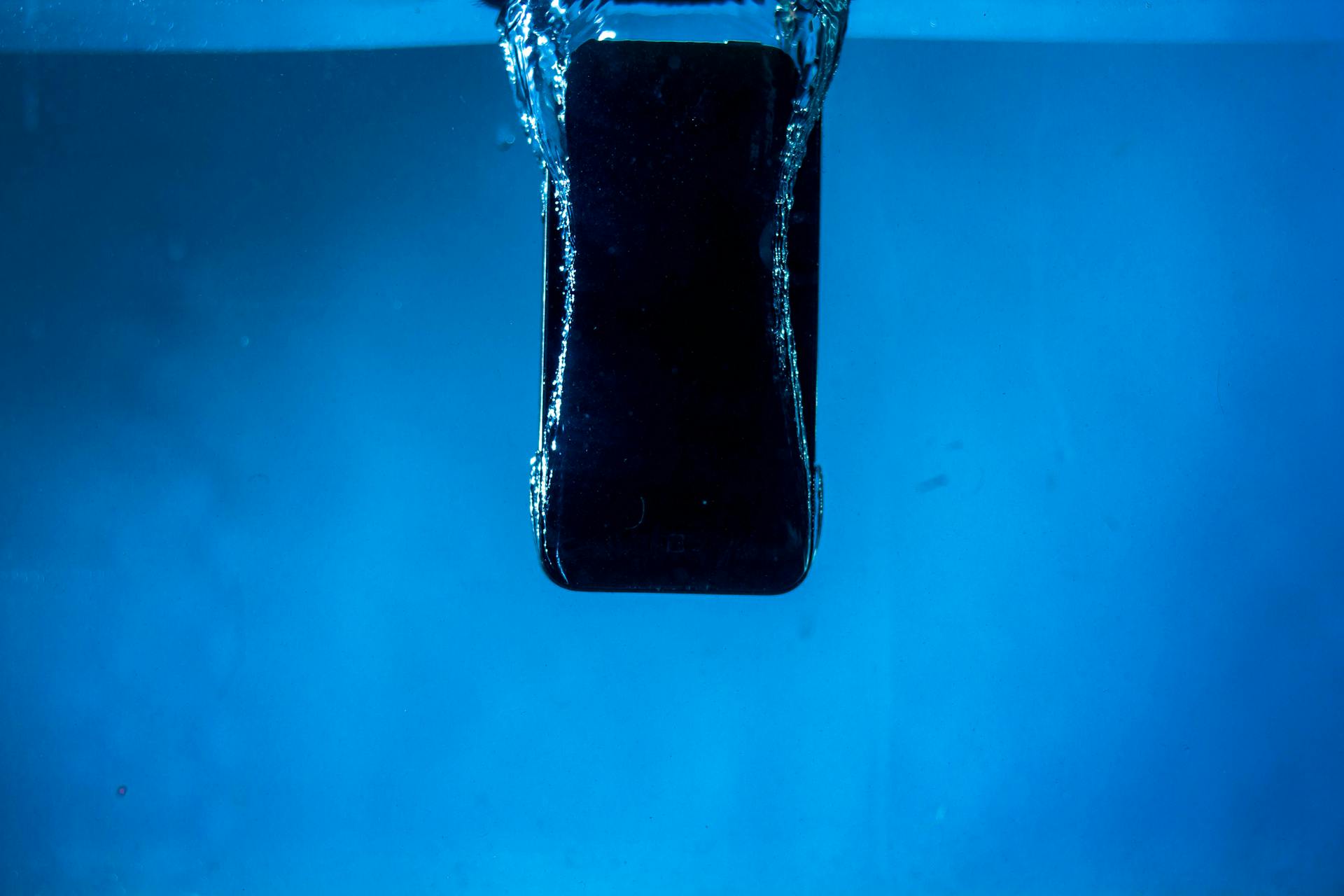
You can usually get between $10,000 and $20,000 in service line coverage for an extra $30 to $40 a year. This type of coverage protects your service lines, including sewer lines, steam pipes, cable lines, and fiber optics.
Service line coverage will cover damage to your sewer lines from regular wear and tear, rust, corrosion, decay, and deterioration, as well as from trees and roots, vermin, insects, and rodents. The weight of equipment, vehicles, animals, and people can also cause damage, as can collapse.
Here's a breakdown of the types of damage service line coverage can help with:
- Regular wear and tear
- Rust, corrosion, decay, and deterioration
- Trees and roots
- Vermin, insects, and rodents
- The weight of equipment, vehicles, animals and people
- Collapse
If you can't add service line coverage to your home insurance policy, you can look into a service plan from your utility company, which is basically a warranty that covers repairs to your sewer and water lines.
A unique perspective: Will Insurance Cover a Service Dog
What to Do in Case of a Backup
If you experience a sewer backup, the first thing to do is to stay calm and assess the situation. Sewage can be a health hazard, so it's essential to take immediate action to prevent further damage and potential harm.
Water damage from a sewer backup can be extensive and costly to repair. In fact, according to our previous discussion, the average cost of repairing water damage from a sewer backup can range from $5,000 to $20,000 or more.
Act quickly to turn off the main electrical power to the affected area to prevent electrical shock. This is crucial to prevent further damage and ensure your safety.
If the backup is caused by a sewer line blockage, you may need to call a professional plumber to clear the blockage. In some cases, a sewer line camera inspection may be necessary to identify the source of the blockage.
In the meantime, contain the affected area by closing all doors and windows to prevent sewage from spreading. This will also help prevent the growth of mold and mildew.
Document the damage and take photos for insurance purposes. This will be essential in the event you need to file a claim with your home insurance company.
If you have a sump pump, check to see if it's working properly. If it's not, you may need to replace it to prevent future backups.
Here's an interesting read: Does Homeowners Insurance Cover Electrical Upgrades
Why Backups Happen
Sewer backups can be caused by heavy rainfall, which overwhelms the municipal sewer system and forces sewage back into your home through the plumbing.
Heavy rainfall is a common culprit behind sewer backups, and it's not just a matter of the ground getting too wet. The excess water from rain can flood the sewer system, causing sewage to flow back into your home.
A private septic system or sump pump failure can also cause a sewer backup, which is why regular maintenance is crucial to prevent these issues.
Why They Happen
Sewer backups can happen due to heavy rainfall, which overwhelms the sewer system and causes sewage to flow back into your home.
Private septic system or sump pump failure can also cause a sewer backup, leading to unwanted sewage in your home.
A backup from the municipal sewer system is another reason why sewer backups happen.
Heavy rainfall is a common cause of sewer backups, so it's essential to be prepared for such events.
A sewer backup is not the same as flooding, which is caused by different factors like overflowing bodies of water, melting snow, and spring runoff.
For more insights, see: Does Homeowners Insurance Cover Sewer Line
What Kind of Can Causes a Problem
A can that's too small can cause a problem, as we saw in the example of the 5-inch can that couldn't contain the 5.5-inch-long file.
Using the wrong type of can can also lead to issues, like using a can that's not designed for the type of data you're backing up.
A can with the wrong compression level can cause problems, as seen in the example of the can with a compression level of 50 that resulted in a corrupted backup.
Inconsistent can settings can also lead to issues, such as using a can with a different encryption method than the one used for the original data.
A can that's not properly closed can cause problems, like data loss due to corruption or damage.
A different take: Does Home Insurance Cover Electrical
Frequently Asked Questions
How much is sewer backup insurance?
Sewer backup insurance costs between $50 to $250 annually, depending on your risk exposure and coverage limits. Annual premiums can vary, so it's best to consult with an insurance provider for a personalized quote.
How common is sewer backup?
Sewer backups are becoming increasingly common, with a 3% annual increase reported by the Civil Engineering Research Foundation. Understanding the causes of sewer backups can help prevent costly and messy problems.
What does sewer line insurance cover?
Sewer line insurance typically covers damage to underground pipes and nearby wires, including costly repairs and excavation costs. This type of coverage can help protect homeowners from unexpected expenses and disruptions.
What is the difference between sewer backup and overflow?
A sewer backup occurs when water flows backward into your property from outside the plumbing system, while an overflow happens when wastewater can't escape due to a blockage within the pipes. Understanding the difference is crucial to preventing costly damage and ensuring a safe living environment.
Sources
- https://www.plymouthrock.com/resources/does-home-insurance-cover-plumbing
- https://www.valuepenguin.com/does-homeowners-insurance-cover-sewer-line-replacement
- https://www.policygenius.com/homeowners-insurance/does-homeowners-insurance-cover-sewer-line-damage/
- https://quotewizard.com/home-insurance/sewer-insurance
- https://westerncoastinsurance.ca/Does-Home-Insurance-Cover-Sewer-Backups
Featured Images: pexels.com
